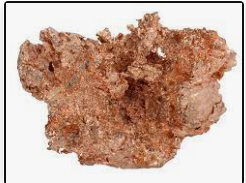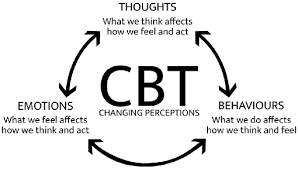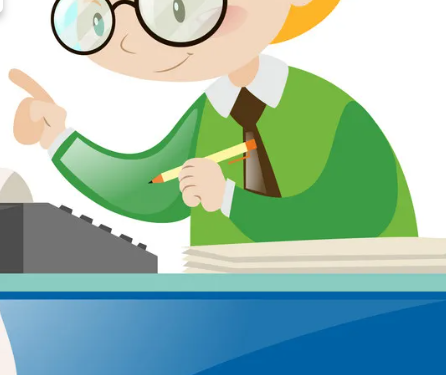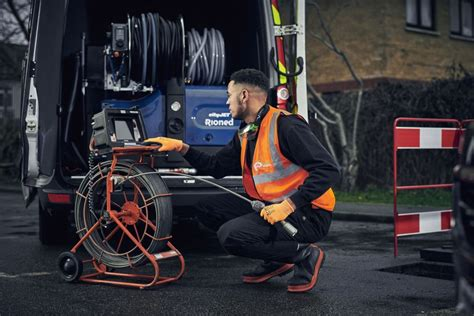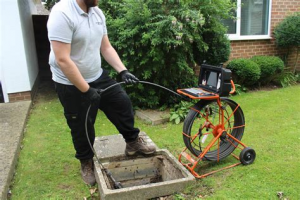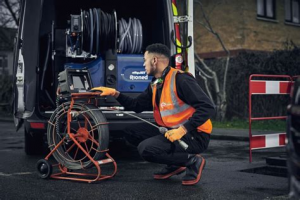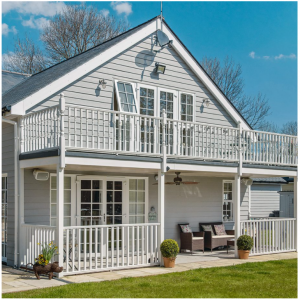Trees play one of the most important roles in supporting life on earth. All over the planet they provide habitats for plants and animals, from the rainforests and jungles of hotter countries, to the snowy forests of Scandinavia. They also provide us with the air that we breathe, by taking in carbon dioxide and releasing oxygen, and we are still learning so much about them.
Scientists and ecologists now know that trees are able to talk to each other in forests, using networks of fungi as a kind of tree telephone line! They also have many amazing medicinal uses, and for centuries have been used to cure a variety of ailments, which is something that we still do today.

As well as all of these amazing things that trees can do, they are also something that humans use for building, and again have been doing so for centuries. The ships that set sail to explore the world, and the timber buildings of the Tudor period, to name just two things, were constructed from trees.
There are many types of trees in the world and all of the wood from various trees has different properties, so is more likely to be used for different things. Wood types can be split into two main groups, known as hardwood and softwood. This doesn’t refer to whether the wood is actually harder than others, generally speaking, hardwoods tend to be from deciduous trees which are grown from a seed or a nut. A good example of this is oak, which can be used in construction of things like these oak framed garages www.timberpride.co.uk/oak-framed-garages/

Softwoods are coniferous or evergreen trees, and these are grown from a cone. They stay green all year around and will usually have needles instead of leaves. A good example of this is pine. Holly trees are a little bit of a strange one, as although they are indeed evergreen, they are actually classed as a hardwood not a softwood. This is because although they are evergreen, they do have leaves rather than needles.
As well as their capabilities, woods are often chosen for certain things based on their appearance. Holly is one of the whitest woods and can look beautiful in furniture making and for decorative purposes, whereas.



